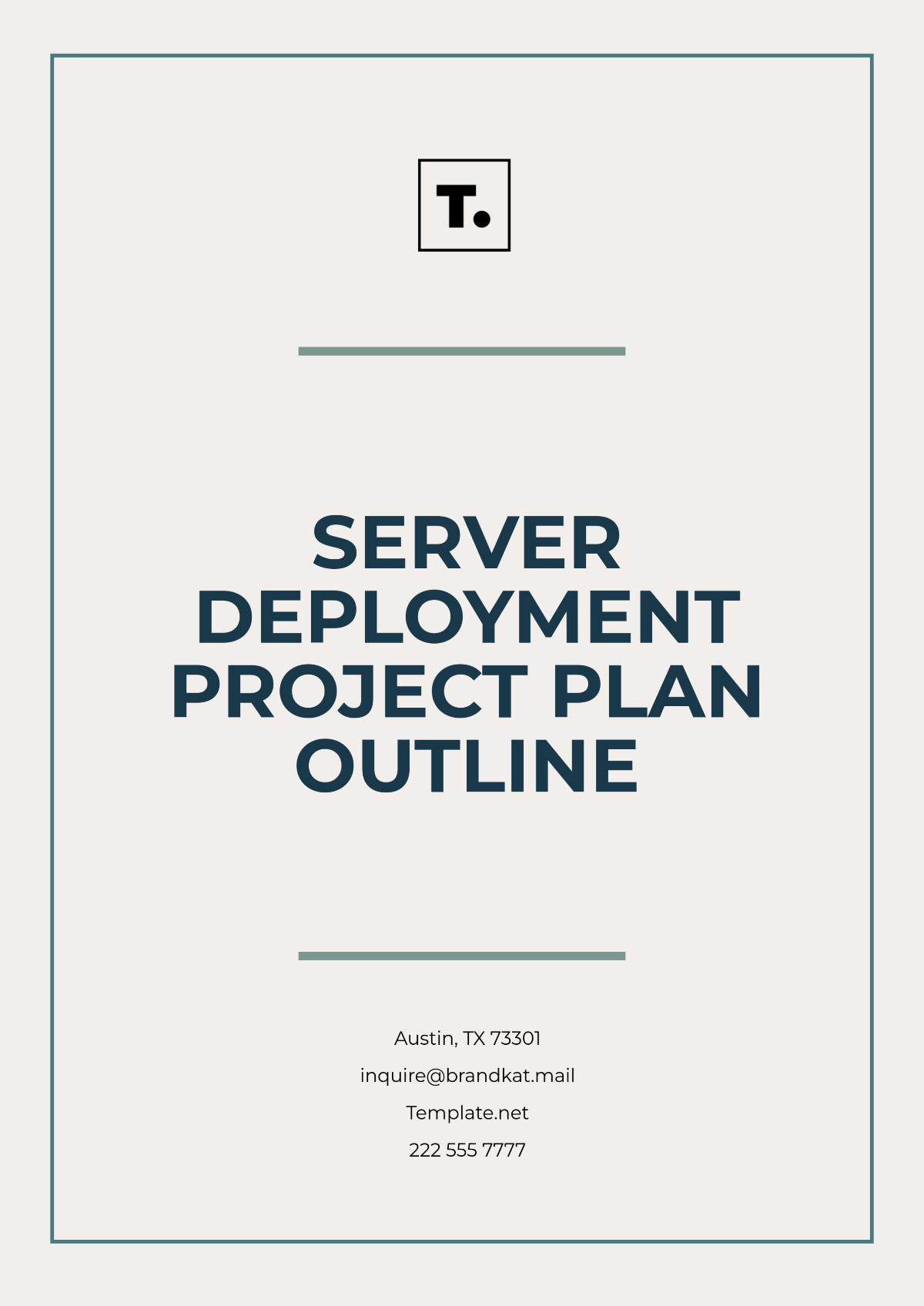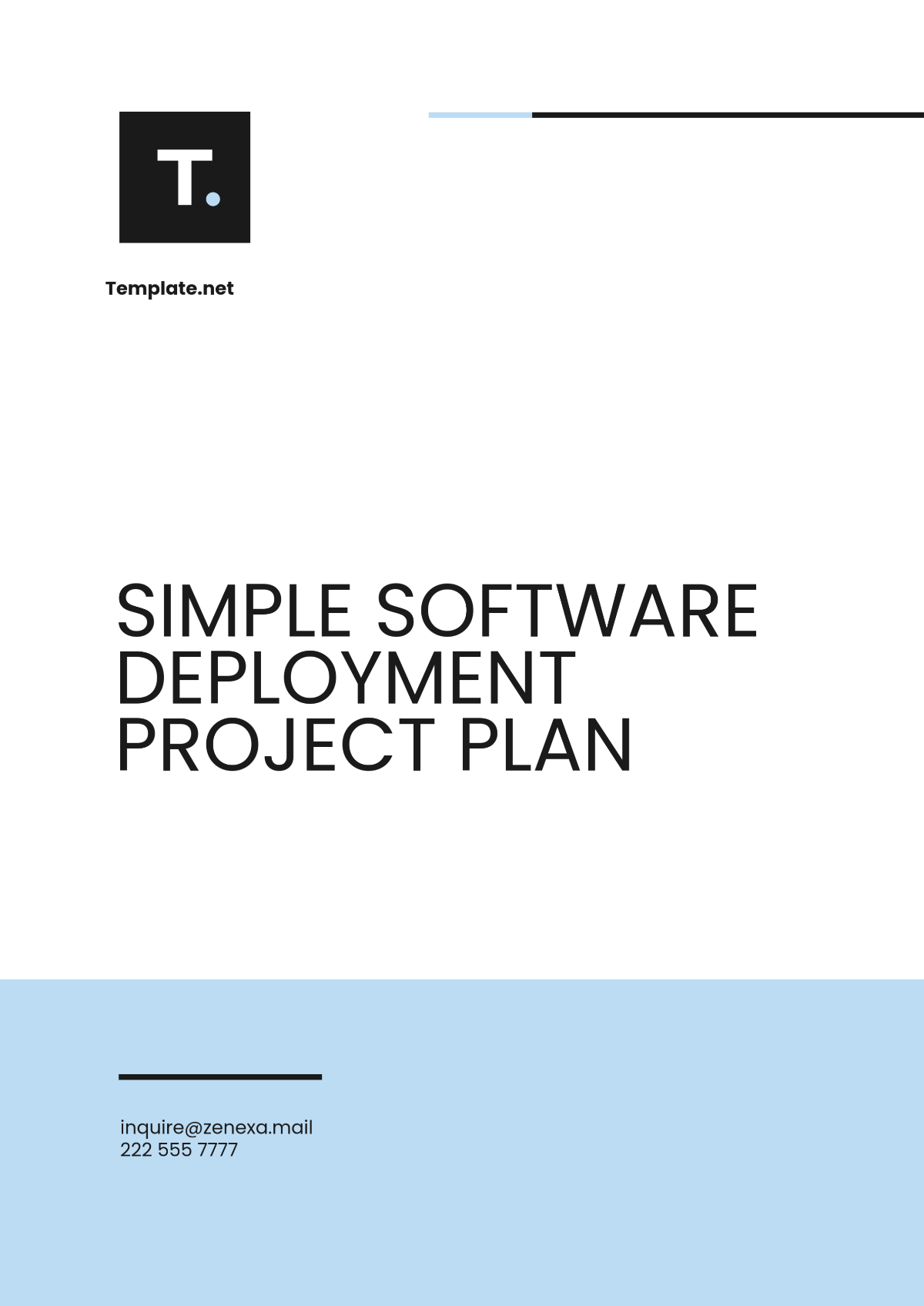Free Operations Management Project Plan Template
Operations Management Project Plan
Prepared by: [Your Name]
Date: January 01, 2060
I. Executive Summary
This project plan details the "Next-Gen Assembly Line Transformation Initiative" for [Your Company Name], headquartered in Phoenix, Arizona. The initiative aims to implement advanced robotics, predictive analytics, and green energy solutions across its manufacturing operations. Beginning on January 1, 2060, the project will span two years, achieving a 40% increase in production output, a 30% reduction in waste, and a 25% improvement in on-time delivery rates by the end of December 2061.
II. Project Objectives
Upgrade assembly lines with robotic systems to reduce manual labor by 60% by Q3 2060.
Integrate AI-powered predictive analytics to improve demand forecasting accuracy to 98% by Q2 2061.
Transition to 100% renewable energy sources, decreasing the facility's carbon footprint by 50% by Q4 2061.
Certify all 500 employees in advanced robotics operations and data analysis tools by November 2061.
III. Scope of the Project
The scope covers:
Modernizing all manufacturing processes at the Phoenix Production Hub.
Developing employee training modules focusing on AI tools and green manufacturing practices.
Establishing partnerships with SolarTech Solutions and GreenGrid Energy to source renewable power.
Excluded: Distribution center operations and external supplier contracts.
IV. Project Deliverables
Blueprint for Smart Manufacturing Lines: Completed by February 2060.
Operational Predictive Analytics System: Fully functional by May 2060.
Renewable Energy Systems: Solar panels and energy storage units installed by August 2061.
Staff Training Certification Reports: Issued to employees by November 2061.
Project Success Report: Detailed performance evaluation delivered by December 2061.
V. Project Timeline
Phase 1 (January 2060 – March 2060): Project initiation, including stakeholder alignment and procurement of resources.
Phase 2 (April 2060 – December 2060): Installation of robotic systems and testing of AI analytics platforms.
Phase 3 (January 2061 – August 2061): Renewable energy integration.
Phase 4 (September 2061 – December 2061): Final training, optimization, and project handoff.
Key Milestone: Full robotics system test run by July 2060.
VI. Resources Required
Personnel: 10 Robotics Engineers, 8 Data Analysts, 5 Energy Consultants, and 30 Trainers.
Equipment:
200 robotic assembly arms from AutoMech Robotics.
AI software licenses from PredictiveVision AI.
Solar panels and battery units from SolarTech Solutions.
Technology: Cloud platforms for data storage (partnered with Azure Quantum).
Facilities:
Phoenix Assembly Plant for implementation.
Remote training hubs for employee certification programs.
VII. Risk Management
Risk: Delayed shipment of robotics equipment.
Mitigation: Partner with multiple suppliers and negotiate expedited delivery clauses.Risk: Difficulty in staff adapting to AI systems.
Mitigation: Early-stage interactive workshops and feedback loops during training.Risk: Budget constraints due to unexpected costs.
Mitigation: Allocate a 10% contingency fund and conduct monthly financial reviews.
VIII. Budget
The projected budget is $25 million, broken down as follows:
Robotic Systems and Installation: $10 million.
AI and Predictive Analytics Tools: $5 million.
Renewable Energy Equipment: $7 million.
Employee Training Programs: $2.5 million.
Contingency Funds: $500,000.
IX. Conclusion
The "Next-Gen Assembly Line Transformation Initiative" is a transformative project that positions Stellar Dynamics Corporation at the forefront of modern manufacturing. By leveraging cutting-edge technology, renewable energy, and advanced training, this initiative aims to set new industry benchmarks for efficiency and sustainability. Success in this venture will secure Stellar Dynamics Corporation’s market leadership well into 2062 and beyond.

















































